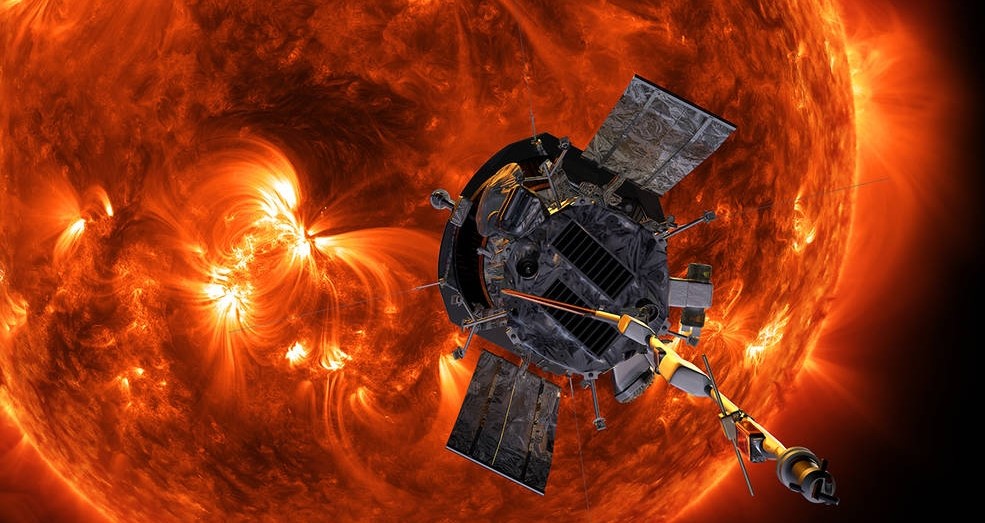NASA’s Parker Solar Probe successfully completes fifth Venus flyby
The flyby, which was the fifth of seven planned Venus gravity assists, reduced the spacecraft's orbital speed by about 6,040 miles per hour (9,720 kilometers per hour), setting it up for its 10th close pass by the Sun, on November 21, the U.S. space agency said on Tuesday, adding that the Probe is healthy and its systems are operating normally after the October 16 Venus flyby.

- Country:
- United States
NASA's Parker Solar Probe successfully completed its fifth Venus flyby on Saturday, October 16. The spacecraft swooped 2,370 miles (3,814 kilometers) above Venus' surface to shape its path for its next closest approach to the Sun.
The flyby, which was the fifth of seven planned Venus gravity assists, reduced the spacecraft's orbital speed by about 6,040 miles per hour (9,720 kilometers per hour), setting it up for its 10th close pass by the Sun, on November 21, the U.S. space agency said on Tuesday, adding that the Probe is healthy and its systems are operating normally after the October 16 Venus flyby.
NASA’s Parker Solar Probe, designed and built by @JHUAPL, completed its fifth Venus flyby on Saturday 🚀. The flyby prepares it for its next close pass of the Sun on Nov. 21, where it will break its own speed and distance records. More: https://t.co/zEkOPiJtw1 pic.twitter.com/jtBnV5amlI
— NASA Sun & Space (@NASASun) October 19, 2021
Launched in 2018, the Parker Solar Probe is the first-ever mission to "touch" the Sun and unlock the mysteries of its atmosphere. The spacecraft uses Venus' gravity to gradually bring its orbit closer to the Sun.
According to NASA, the Parker Solar Probe, assisted by two more Venus flybys in August 2023 and November 2024, will eventually come within 4 million miles (6.2 million kilometers) of the solar surface in December 2024.










